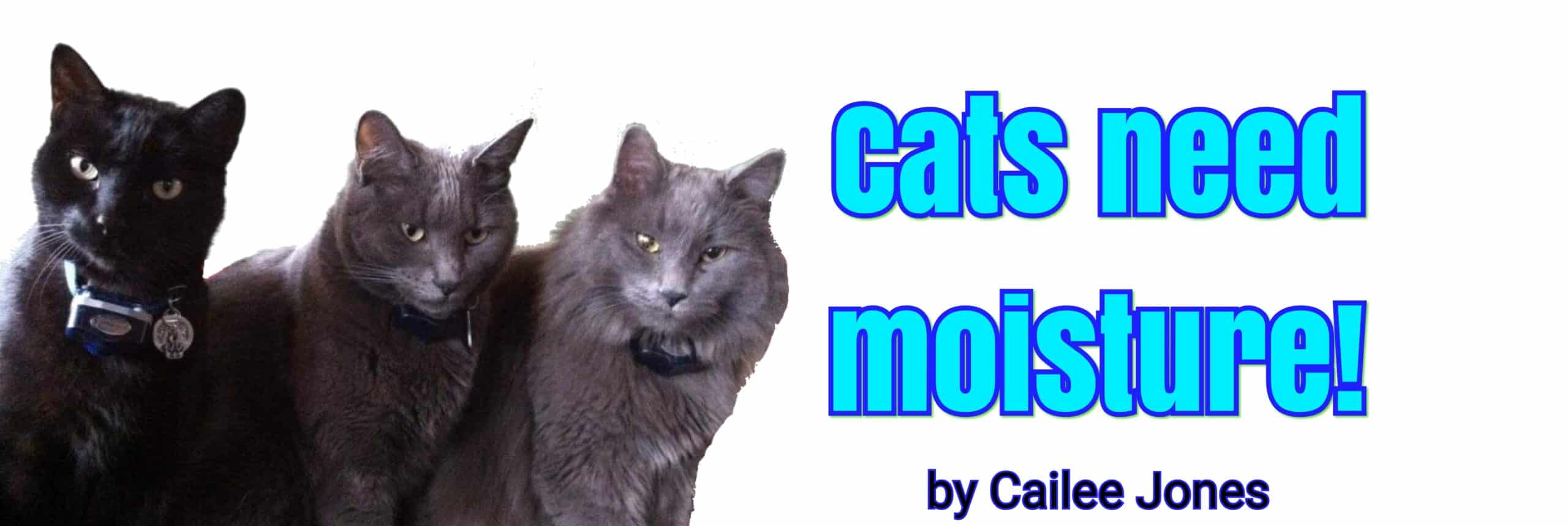
As well know, water is an essential part of life. Not only is dehydration extremely dangerous, but water aids in many of our day to day activities. Being properly hydrated ensures your tissues and organs remain healthy, lubricates and cushions your insides, transports important materials, removes waste, and overall maintains bodily health. The most life-threatening aspect of dehydration is that you may not know until it is too late, and your feline gets kidney disease, a major urinary infection, or a ruptured bladder. Some signs of dehydration to watch for are by doing the skin pinch test (gently pinch your cat’s skin and see how quickly it returns to normal, if it is very delayed, your cat is dehydrated). Also look for panting, lethargy, dry mouth, increased heart rate, and sunken eyes. Chronic kidney disease is the number one cause of death in cats over 5 years of age and was the number one reason for visits to the vet by cats in 2015 (FoodFurLife). Even mild dehydration rapidly increases the chances of kidney disease in your cat.
Unfortunately, dehydration in cats is a rampant problem and most cats are what we consider “chronically dehydrated”. This is because cats are extremely picky about their water sources. Mainly, cats are much more primitive than their canine companions and have a innate drive to drink out of running water. This is because in primitive times, running water ensured that they would not drink infected water and get themselves fatally ill. You sometimes see the videos of a cat who will only drink out of a faucet, and laugh, but actually, this is very normal. Running water means safety to most cats. A few other things to try is having multiple water sources, different bowls, warm water, cold water, and anything else your cat needs to encourage it to drink. You can also try dousing their kibble in water, if your cat will still eat (cats are weirdly picky about textures!).
If you feed your cat kibble, moisture becomes even MORE imperative. This is because kibble sucks moisture out of your cat’s stomach. Kibble is dehydrated food, right? So, what happens when you eat a bunch of crackers or chips, you get really thirsty. That’s because these dry, starchy foods absorb your moisture. Along with all of the above listed techniques, what you can also do is start feeding your cat some canned food. Canned food has an absurdly high moisture content and will help recover any of the moisture lost from their kibble. But, in all honesty, you should try and follow both of the above methods. Your cat’s food should have a minimum moisture content of 63%, as cats become dehydrated at 61%. Unfortunately, you will never see that number in kibble, but you can find that in both canned food and raw food.
Here at the Yuppy Puppy we offer a variety of solutions to this problem. We have a spread of canned and pouched cat foods with extremely high moisture contents. We also offer raw feline diets, which is the optimum diet for cats anyways (cats are obligate carnivores and do not need carbohydrates). And lastly, we offer specialized water fountains to help encourage your cat to drink from a running water source.
Sources Used:
http://www.foodfurlife.com/water—the-essential-nutrient.html
http://www.vetstreet.com/dr-marty-becker/tips-to-spot-and-prevent-dehydration-in-pets
